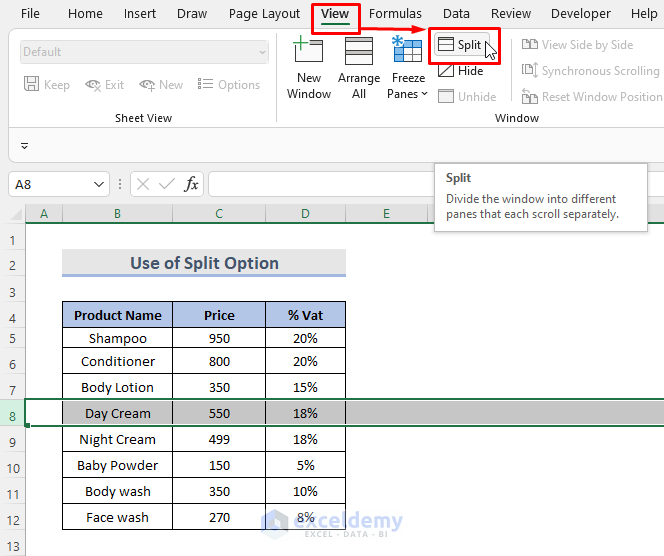Semi Truck Paperwork: Your Essential Checklist

In the world of semi truck transportation, meticulous management of paperwork ensures that you remain compliant with regulations, avoid fines, and streamline logistics. This comprehensive guide outlines the essential documents every truck driver and fleet manager needs to carry. Understanding and properly maintaining these documents not only facilitates smooth operations but also helps in maintaining accountability and safety on the road.
The Importance of Semi Truck Paperwork

Maintaining the correct documentation is not just about compliance; it’s about ensuring the safety of drivers, protecting cargo, and securing the operational integrity of your business. Here are key reasons why paperwork in the trucking industry is non-negotiable:
- Regulatory Compliance: Failure to carry the required documents can result in significant penalties from regulatory bodies like the DOT (Department of Transportation).
- Insurance and Legal Protection: Proper documentation acts as evidence in case of accidents, cargo damages, or legal disputes.
- Operational Efficiency: Good record-keeping can lead to more efficient operations by reducing downtime at inspection points and during audits.
- Driver and Public Safety: Documents related to driver logs ensure that drivers aren’t overworking, reducing fatigue-related accidents.
Essential Documents for Semi Truck Operators

1. Driver’s License

Every commercial driver must possess a valid CDL (Commercial Driver’s License) appropriate for the type of cargo they are hauling. Here are the specifics:
- Type of CDL: Class A, B, or C, based on the vehicle’s weight and type of cargo.
- Endorsements: Hazmat, Tanker, Doubles/Triples, Passenger, and/or School Bus as per the freight.
2. Medical Certification

A current medical examiner’s certificate proves that the driver is physically fit to operate a commercial vehicle. Key points include:
- Validity: Usually valid for 1-2 years, but drivers can get short-term certificates if necessary.
- Qualifications: Must meet the physical qualifications set by the FMCSA (Federal Motor Carrier Safety Administration).
3. Driver Logs

Log books or Electronic Logging Devices (ELDs) are crucial for tracking hours of service (HOS) rules. They include:
- Daily Record: Of duty status, detailing hours worked and rest periods.
- Retention Period: Logs must be retained for at least six months.
💡 Note: Electronic Logging Devices (ELDs) have largely replaced paper logs to ensure accurate tracking and compliance with HOS regulations.
4. Vehicle Registration and Insurance

These documents verify that the truck is legally allowed on the road and is adequately insured:
- Registration: Updated vehicle registration is essential, including any permits for oversized or special loads.
- Insurance: Proof of insurance must cover liability, cargo, and possibly workers’ compensation.
5. Bill of Lading

A detailed description of the cargo, which includes:
- Origin and Destination: The complete route of the freight.
- Cargo Details: Type, weight, quantity, and value of the goods being transported.
- Carrier Information: Details of the company responsible for transporting the goods.
6. Permits and Licenses

Depending on the cargo and route:
- State Permits: Oversized load permits, special route permits, etc.
- Federal Permits: For hazardous materials or international border crossings.
7. Load Manifest

This includes:
- Loading Details: How the cargo was loaded, its securement, and the order of unloading.
- Weight Distribution: To ensure vehicle stability and compliance with weight limits.
8. Maintenance Records

Keeping up with vehicle maintenance is not just good practice; it’s legally required:
- Pre-Trip Inspections: Daily checks before the vehicle is operated.
- Repair Records: Documentation of repairs and regular maintenance.
Organizing and Maintaining Documentation

Digital vs. Paper Documentation

- Paper: Traditional but can be prone to loss or damage.
- Digital: Increasingly popular due to ease of access, automatic backups, and less physical storage needed.
Record Retention

- Legal Requirement: Many documents must be kept for a minimum period, typically six months to several years, depending on the type of document.
- Safekeeping: Use secure methods to store sensitive documents.
Document Management Systems
Implementing a system helps:
- Track Documents: Easily locate and update records.
- Audit Readiness: Ensure all paperwork is readily available for inspections.
- Security: Protect sensitive data from unauthorized access.
Conclusion

Keeping thorough, accurate, and easily accessible semi truck paperwork is critical for any commercial driver or fleet operator. This not only ensures compliance with regulations but also facilitates efficient business operations, mitigates legal risks, and promotes safety on the road. Regular audits, organized record-keeping, and the adoption of digital tools can simplify this process, keeping you one step ahead in the ever-evolving world of freight transportation.
Why are ELDs required for truck drivers?
+ELDs are mandated to ensure accurate tracking of drivers’ hours of service to prevent overworking and reduce fatigue-related accidents.
What is the purpose of a Bill of Lading?
+A Bill of Lading serves as a receipt of goods, a contract between the shipper and the carrier, and a document of title for the cargo.
How often should truck maintenance records be updated?
+Maintenance records should be updated whenever an inspection, repair, or maintenance work is performed, which can be daily, weekly, or as needed.



